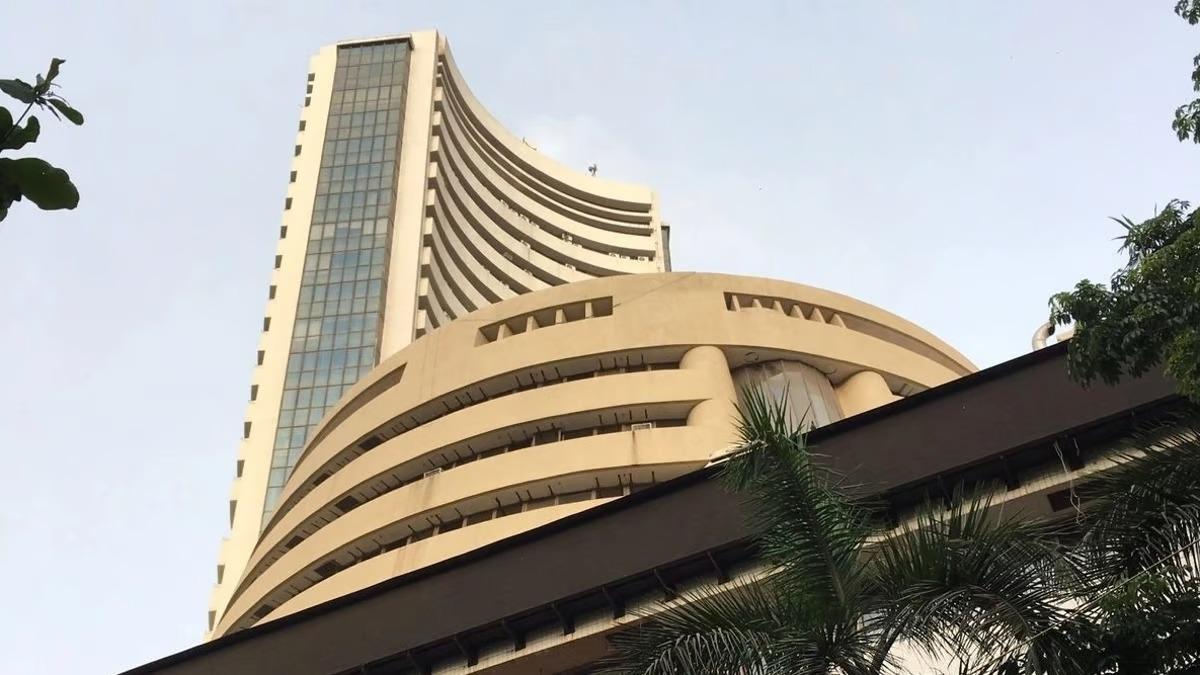Want to know about the poorest countries in the world? This composition lists the nethermost ten husbandry by GDP per capita ranking 2024. Despite abundant global wealth, some countries continue to suffer in extreme poverty. Going by GDP per capita country-wise, this composition lists the poorest countries in the world in 2024. Before getting into the list of the poorest countries in the world, let’s first understand the conception of GDP per capita and how a country is ranked on this base.
Despite abundant global wealth, some countries continue to suffer in extreme poverty. Going by GDP per capita country-wise, this composition lists the poorest countries in the world in 2024. Before getting into the list of the poorest countries in the world, let’s first understand the conception of GDP per capita and how a country is ranked on this base.
Methodology for ranking poorest countries in the world-
GDP stands for Gross Domestic Product, which measures a country’s goods and services produced yearly. Its population must also be considered to get a clearer picture of how rich or poor a country is. thus, divide the GDP by the total number of people in the country to get GDP per capita. Now, then is where it gets intriguing. occasionally, the GDP per capita only tells us part of the story. That is because the cost of living and affectation rates can vary a lot from one country to another. That’s where PPP penetrates to make a fair comparison. PPP stands for Purchasing Power Parity and considers the original costs and affectation rates to give a more accurate picture of the standard of living in different countries.
Some countries might have instinctively inflated GDPs due to being duty havens. GDP per capita PPP is a helpful tool to pinpoint the poorest countries in the world.
Poorest countries in the world by GDP per capita PPP-
These are the poorest countries in the world in 2024 by GDP per capita PPP as estimated by International Monetary Fund( IMF) as of September 6, 2024 lower and less important countries in grueling regions are among the nethermost ten husbandry. Liberia and Chad encounter obstacles like limited coffers, weak fiscal sectors, and unfavourable duty administrations, hindering foreign investments and growth. Indeed larger nations like the Democratic Republic of the Congo and Mozambique struggle with poverty due to internal conflicts, political insecurity, and shy structure, hampering their profitable progress.
Let’s take a near look at these poorest countries in the world and examine the underpinning causes contributing to their profitable challenges.
Poorest countries in the world A near look-
As we now know the per capita income of these companies, let’s explore the reasons that have led to these nethermost ten husbandry being categorised as the world’s poorest.
South Sudan
* GDP$ 6.52 billion
* Population
South Sudan, the world’s youthful country, gained independence in 2011 but faces significant profitable challenges. Political insecurity, ongoing conflicts, and limited structure hamper its progress. With a maturity counting on traditional husbandry, violence and extreme climate events frequently disrupt husbandry, immortalizing poverty in this landlocked nation of about 11 million people.
Also Read Top 10 lowest countries in the world
South Sudan
* GDP$ 3.08 billion
* Population
Burundi, a small landlocked country in East Africa, confronts significant socio- profitable challenges, including political insecurity, conflicts, and shy structure development. The nation’s profitable struggles and the rigors faced by its citizens are farther aggravated by rapid-fire population growth. With roughly 80 percent of the population reliant on subsistence husbandry, food instability is remarkably high compared to othersub-Saharan African countries.
Central African Republic( CAR)
* GDP$ 2.81 billion
* Population
The Central African Republic( CAR), positioned in Central Africa, grapples with profound profitable challenges due to political insecurity, fortified conflicts, and shy structure. The country’s wealth in gold, oil painting, uranium, and diamonds contrasts starkly with the wide poverty endured by its citizens. The combination of price increases for essential goods following the war in Ukraine and severe flooding and failure cycles has further aggravated the CAR’s profitable struggles.
Democratic Republic of the Congo( DRC)
* GDP$ 73.76 billion
* Population
The Democratic Republic of Congo, or the DRC, the biggest country inSub-Saharan Africa, faces profound profitable challenges despite its wealth in natural coffers like cobalt and bobby . utmost of the population lives in poverty, with around 62 percent of Congolese living on lower than$ 2.15 a day. Malnutrition, limited access to education and healthcare, and high fertility rates further complicate the country’s poverty and development constraints.
Mozambique
* GDP$ 22.98 billion
* Population
Mozambique, a sparsely populated country and a resource-rich former Portuguese colony, faces poverty due to natural disasters, complaint, rapid-fire population growth, low agrarian productivity, and wealth inequality. Despite its resource uproariousness and strong GDP growth, the country remains among the world’s poorest, aggravated by attacks from Islamic insurrectionary groups in the gas-rich north.
Niger
* GDP$ 18.82 billion
* Population
Niger, a landlocked West African country, faces profitable challenges and high poverty rates due to limited natural coffers, frequent famines, and a generally agrarian frugality. With 80 percent of its home blanketed by the Sahara Desert and a growing population reliant on small- scale husbandry, desertification poses a significant trouble.
Malawi
* GDP$ 11.24 billion
* Population
Despite its beautiful geographies, Malawi, located in southeastern Africa, grapples with significant profitable challenges. The nation relies heavily on rain- fed husbandry, making it vulnerable to climate change and shifting commodity prices. nevertheless, the government remains married to promoting profitable diversification, perfecting education and healthcare, and reducing poverty.
Liberia
* GDP$ 4.75 billion
* Population
Liberia’s enduring poverty stems from violent conflicts, including civil wars and outbreaks like Ebola, leading to unstable structure and limited services. Forced migration disrupts husbandry, contributing to food instability. transnational organisations like the World Food Programme strive to palliate poverty and ameliorate the country’s future through sustainable development sweats and investment in education and healthcare.
Madagascar
* GDP$ 16.47 billion
* Population 25.6 million
Madagascar is an islet country on the southeastern seacoast of Africa. Since its independence from France in 1960, it has gone through numerous political heads and military accomplishments. fairly good political stability and the current constitution were formed in 2014. Although the country is rich in political coffers, internal insecurity, external interferences, and limited harnessing of these coffers live. Mining and tourism are the two big factors that contribute to the GDP of the country.
Yemen
* GDP$ 16.94 billion
* Population 35.08 million
Times of civil war, political insecurity, and profitable collapse have destroyed Yemen. The conflict has displaced millions within Yemen’s borders, crippled structure, and disintegrated agrarian product. musts like food, water, and drug are in failure and millions calculate on philanthropic aid like the UN for survival. The Yemeni people face a multitude of challenges, including wide hunger, malnutrition, and a rejuvenescence of conditions like cholera. There are touches of stopgap with transnational sweats to bring peace, but the road to recovery will be long and laborious.
FAQs
1. Which is the poorest country in Asia?
Ans. The poorest country in Asia is Yemen, with a GDP per capita of$ 2,000. still, times of ongoing conflicts make it hard to determine precise profitable numbers for assessment.
2. Which is the flush nation in the world judged by GDP per capita country-wise?
Ans. Luxembourg is the richest country in the world by GDP per capita ranking in 2024, with the loftiest GDP per capita PPP of$ 143,740.
3. What’s Purchasing Power equality( PPP)?
Ans. Purchasing Power equality( PPP) is an profitable proposition that compares currency values grounded on a handbasket of goods, equalising their buying power and exchange rates between different countries.
4. What’s the GDP per capita( PPP) of India?
Ans. As of September 2024, India’s GDP per capita( PPP) stood at$ 10.12 thousand









